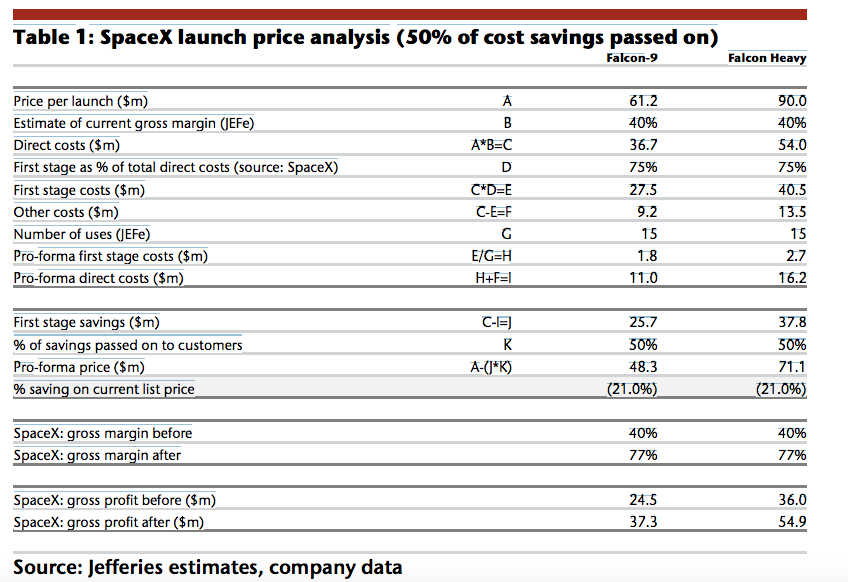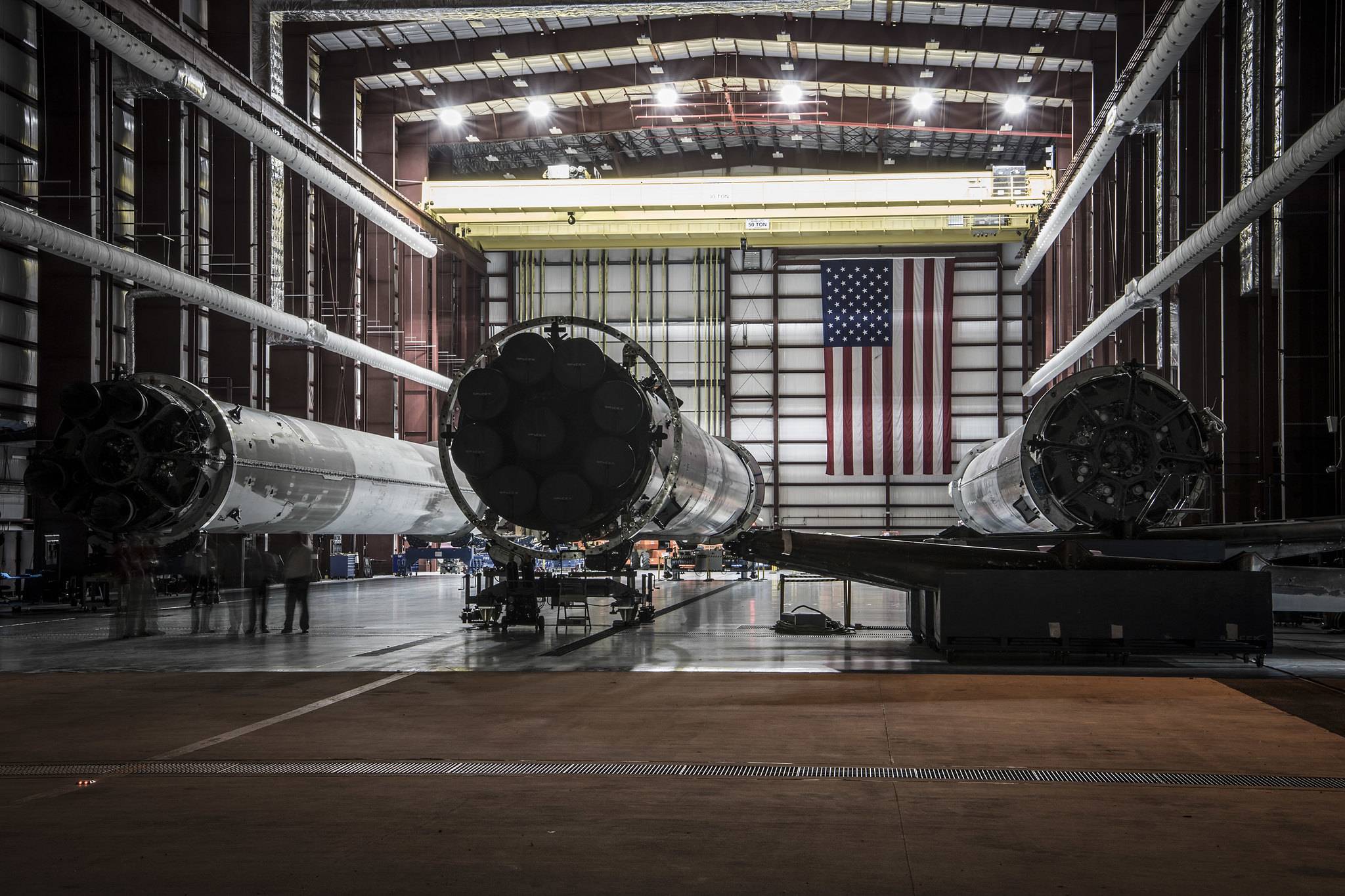The Falcon Heavy SpaceX page was updated yesterday. No more talk of a cross-feed.
Right. The text that disappeared is:
"For missions involving exceptionally heavy payloads—greater than 45,000 kilograms or 100,000 pounds—Falcon Heavy offers a unique cross-feed propellant system. Propellant feeds from the side boosters to the center core so that the center core retains a significant amount of fuel after the boosters separate", see
Falcon Heavy
- and at the same time there has been a slight increase in the payload capability (for LEO, GTO and Mars).
So I wonder how exactly FH will burn its 27 engines. Expelling mass at the maximum possible rate right from the start is optimal, so if they want a lift-off with all 27 engines burning at full rate and then separating the two side boosters before the core stage, then they will want to consider the cross-feed.
But to take one step at a time, the may initially launch FH without the cross-feed. Then, when they can do that with an acceptable reliability, then they can consider optimizations, such as the cross-feed.
I guess time will tell.





